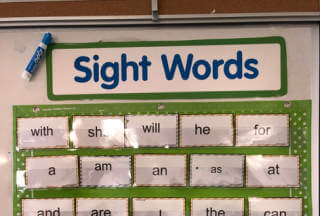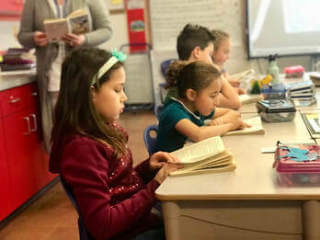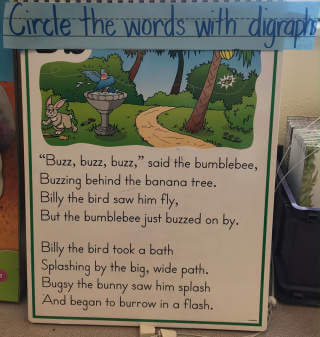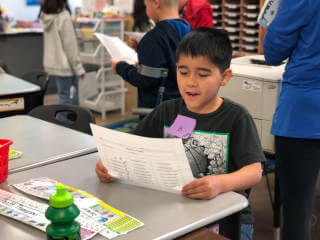Reading is critical language skill that has more of an impact on student success than any other of the four skills.
On this page, John Kongsvik reviews what reading is, what it involves, and how to develop it in the classroom.

The four domains of language (or the four skills) are the four ways that we interact with language. We speak and listen; we read, and we write. Of these skills, two of the skills, speaking and writing, are considered productive skills since we create language with each of these. On the other hand, listening and reading are described as receptive skills because we are receiving the from an outside source. This is important to know because the type of skill (or language domain) it is determines how to support its development.
Definition: Reading is actively making meaning from written input.



Click the button below to claim your free ebook and join our mailing list.